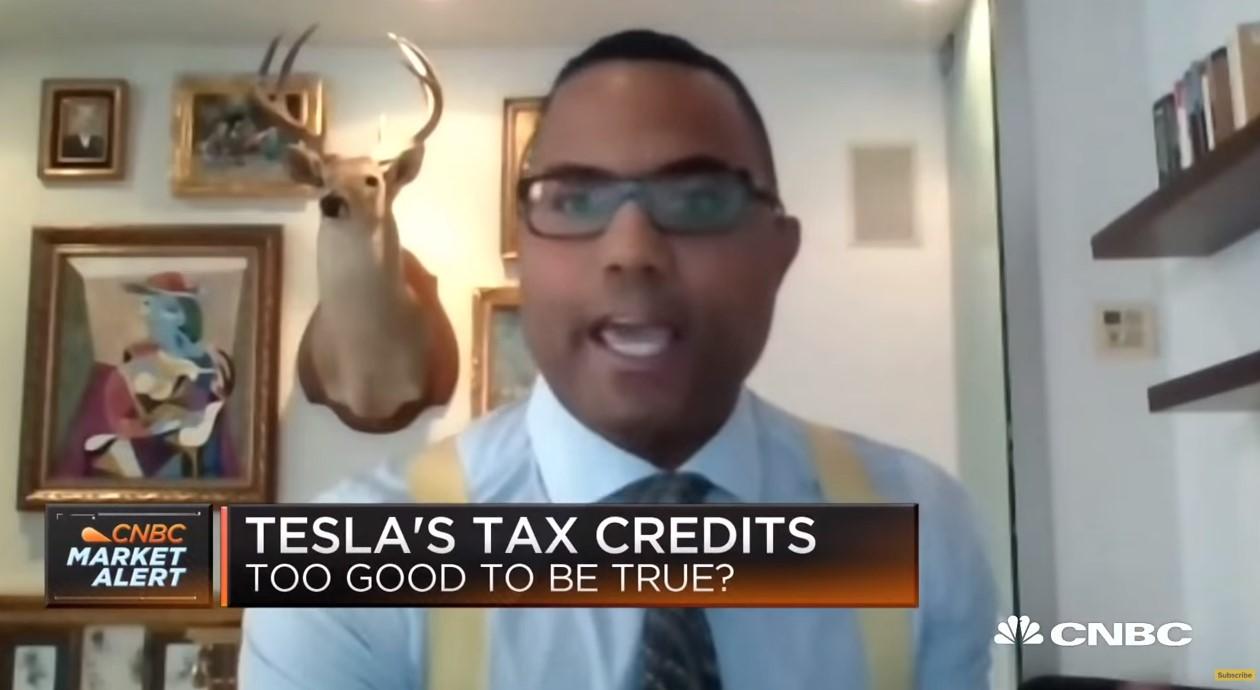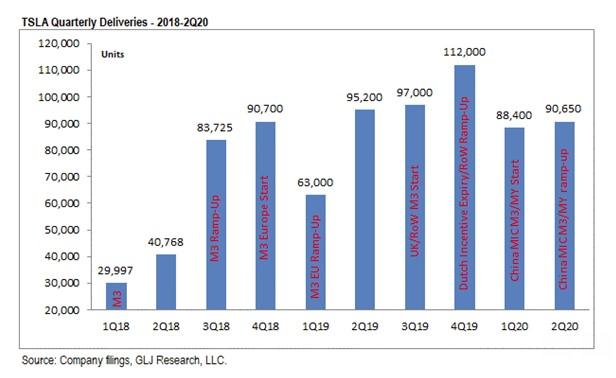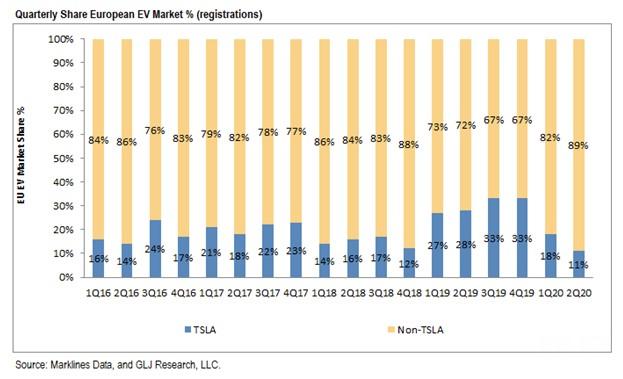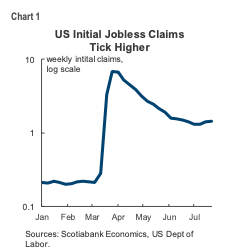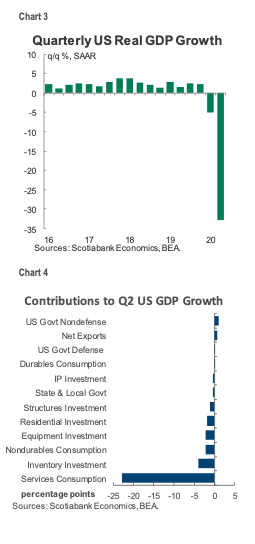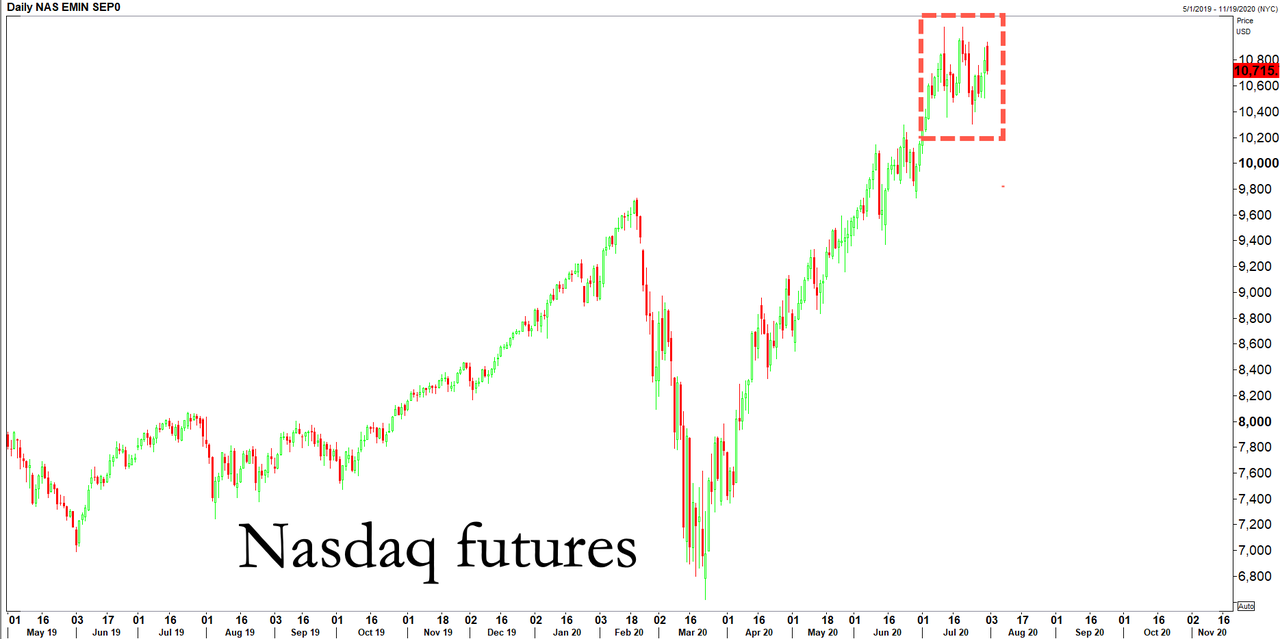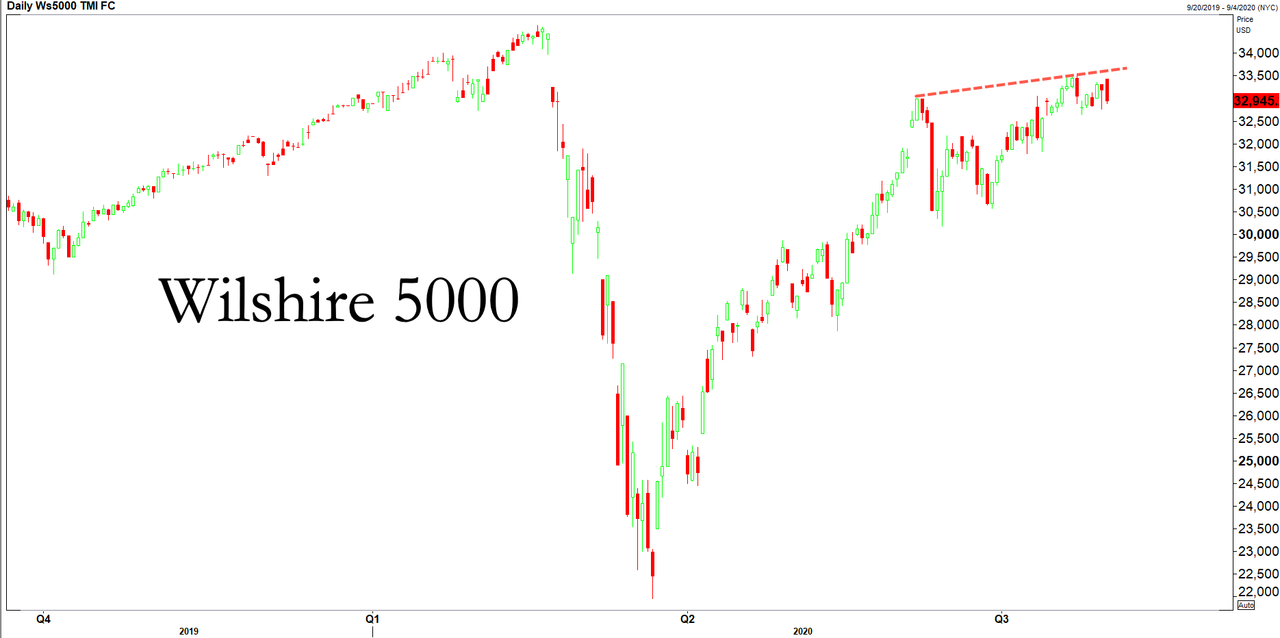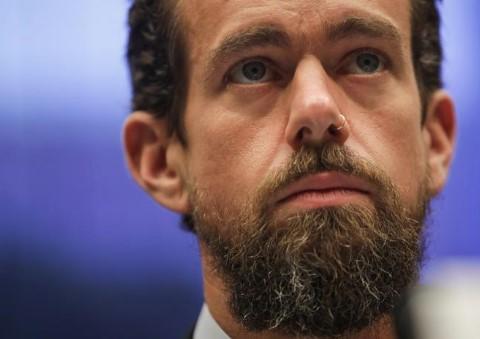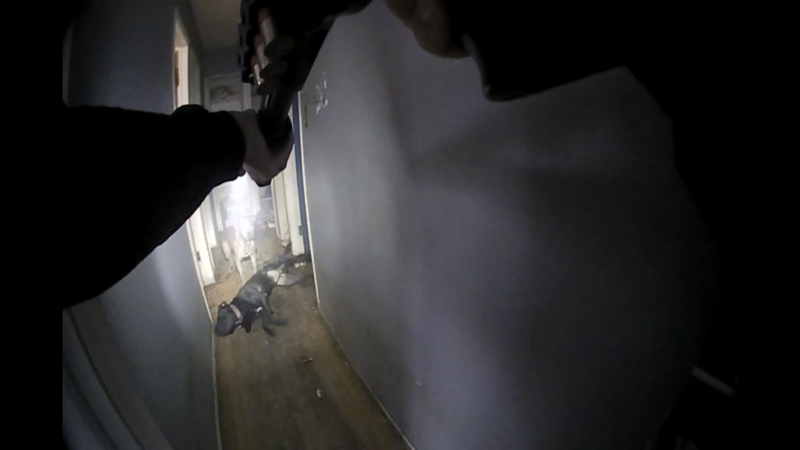
The city of Detroit has reportedly paid $75,000 to settle a civil rights lawsuit after police shot a woman’s dogs during a drug raid—a shooting the Detroit Police Department (DPD) determined was unjustified and violated department policy.
Detroit resident Kira Horne filed the lawsuit last December, alleging that a Detroit police officer, Nathan Miller, violated her civil rights by shooting her dogs without cause during a November 13, 2018, narcotics raid. This, she says, was an unreasonable seizure under the Fourth Amendment.
The settlement marks at least the fourth lawsuit payout in recent years stemming from Detroit drug raids where police have been accused of wantonly shooting dogs. A 2016 Reason investigation found that Detroit police officers respond to hundreds of calls a year regarding loose and aggressive dogs, which are a serious problem in the city. But the investigation also revealed a disturbing pattern of officers, especially on the narcotics squad, shooting pets during raids.
In most of those cases, there has been no video of the incidents, leading to dueling he said/she said claims between pet owners and police. But this time, body camera footage showed exactly what happened.
“As is typical in these cases, the officer falsely reported that the dogs attacked the police in order to justify the shooting,” says Horne’s attorney, Chris Olson. “Thus, this case is part of a pattern of Detroit police officers wrongfully shooting dogs and then lying about it. Fortunately, in this case, body camera footage showed the truth.”
Warning: The video is graphic.
The body camera footage shows several members of the Detroit Police Department’s Gang Intelligence unit executing a narcotics search warrant. As Miller enters a hallway while clearing the house, a black pit bull comes out of a room and advances toward Miller before he fires his shotgun at it, mortally wounding the animal. But the dog was neither growling nor barking.
A second pit bull enters the hallway. Miller yells at it, and the dog runs back into another room before emerging again and standing next to the corpse of the first dog. It is not barking, growling, or moving toward Miller when he fires at it.
“It’s a fuckin’ homicide scene,” one of the other Detroit police officers remarks as he surveys the bloody aftermath.
The raid resulted in the arrest of one man for possession of cocaine with intent to distribute.
In a “destruction of animal” report that Miller filed after the raid, obtained by Reason through a public records request, the officer claimed that he “observed a black pit bull and a tan pit bull showing his teeth, charging, and attempting to bite crew.” In a separate incident report, Miller embellished a little more, writing that “a large black pitfall came charging at me down the hallway from the northwest bedroom. I fired two shots…neutralizing the threat. While still in the hallway, a second brown pit bull came charging down the hallway towards me.”
Miller’s supervising officers, all the way up the chain of command, signed off on the shooting and found that he followed department policy. But after Horne and the arrested man filed a complaint, the Detroit Police Department’s Citizen Complaint Subcommittee investigated the incident. After reviewing Miller’s body cam footage, it found that the video “did not show the dogs acting in an aggressive manner.”
“At no time did any of the dogs charge at the officers, growl or try to bite them,” the subcommittee wrote in its report. In a rare occurrence, the police department declared that the shooting was unjustified and violated the department’s policies regarding dogs.
Olson has represented several other Detroit residents who have sued the police after their dogs were shot. Detroit resident Teresa Thomas filed a federal civil rights lawsuit last year alleging that two Detroit police officers illegally pulled open her door during a warrantless search and then shot her two dogs after they ran outside, killing one of them.
Last year, Detroit agreed to pay $60,000 in another dog shooting lawsuit. That suit was brought by Nikita Smith, whose three dogs were shot by a Detroit narcotics unit during a marijuana raid in 2016.
In 2018, Detroit paid $225,000 to settle a lawsuit brought by Kenneth Savage and Ashley Franklin, who claimed Detroit police officers shot their three dogs while the animals were enclosed behind an 8-foot-tall fence—all so the officers could confiscate several potted marijuana plants in their backyard.
In 2015, the city approved a $100,000 settlement to a man after police shot his dog while it was securely chained to a fence.
Destruction-of-animal reports obtained by Reason show that one officer on a Detroit Police Department unit that conducted drug raids throughout the city had shot 80 dogs over the course of his career.
“We will continue to seek justice for dog owners in Detroit,” Olson says, “who suffer more shootings than anywhere else in the country, and to expose police officers lying about their unconstitutional conduct.”
As regular readers of Reason know, police puppycide is far from limited to Detroit. Nor is Detroit the only city to find that the aftermath of an unjustified dog shooting can be costly. Last year St. Louis paid $775,000 to a woman whose dog was shot during a no-knock SWAT raid over an unpaid gas bill.
The Detroit Police Department and the Detroit Corporation Counsel, which represents the city in civil lawsuits, did not immediately respond to requests for comment.
from Latest – Reason.com https://ift.tt/30gPk6w
via IFTTT


